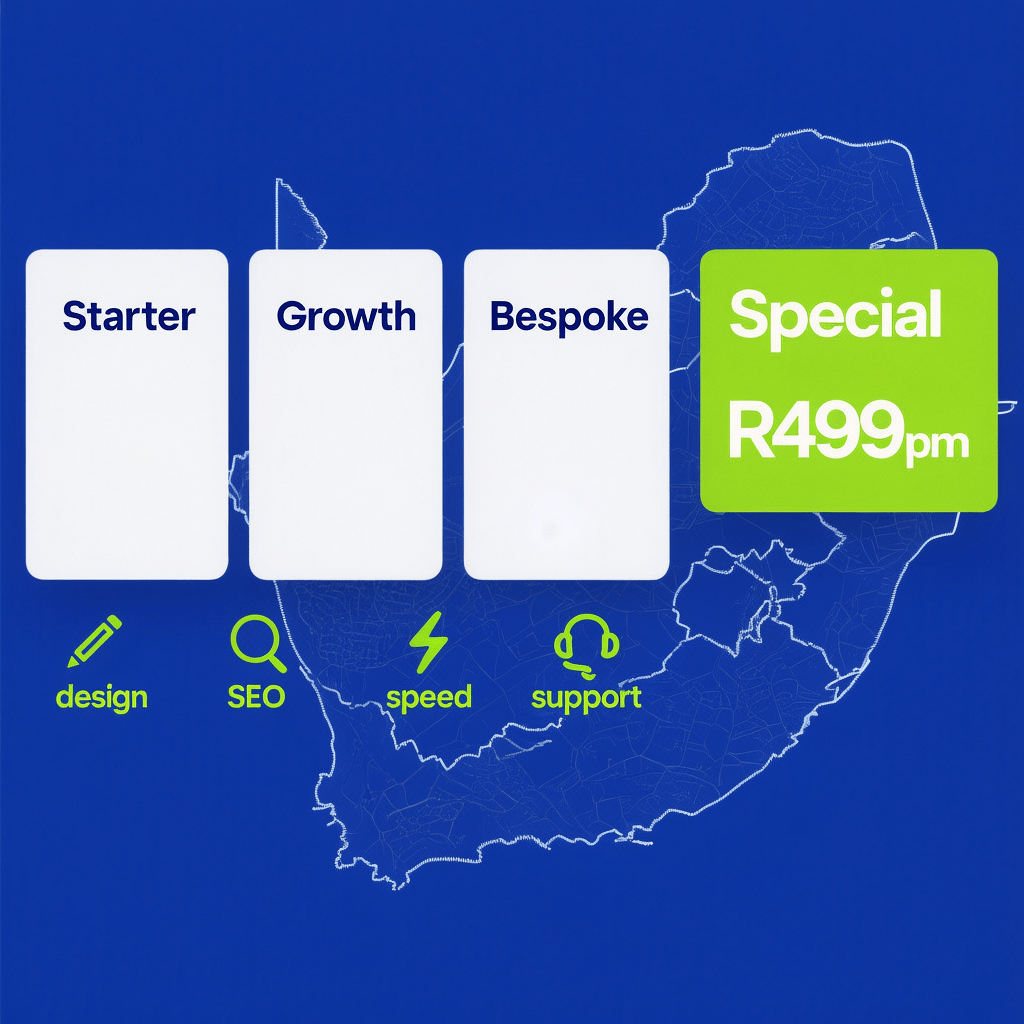
Feature image compressed for speed. AVIF delivery cuts weight and boosts LCP.
Image CDN Transformation for AVIF: 21 Powerful Wins
By Morne de Heer, Published by Brand Nexus Studios

Here is the short version. If your pages still ship JPEGs at full size, you are leaving money on the table. With image cdn transformation for avif, you convert and resize images at the edge, slash bytes, and raise Core Web Vitals without redesigning your stack.
We will unpack the why, the how, and the pitfalls. Along the way you will see battle tested patterns for image cdn transformation for avif that work with WordPress, headless CMS, and modern frameworks.
You will also learn how to keep images crisp with responsive sizes, how to ship fallbacks, and how to measure gains. We will mention caching and compression often because both amplify image cdn transformation for avif at scale.
What is image cdn transformation for avif?
It is a workflow where your CDN accepts an original image, applies transformations like resize and format conversion, and returns AVIF when a browser supports it. In simple terms, image cdn transformation for avif means smaller files and faster paint without manual export work.
AVIF uses the AV1 codec for images. It often produces 20 to 40 percent smaller files than WebP at similar perceived quality. That is why image cdn transformation for avif is a direct lever for LCP improvement, especially on image heavy templates.
Because the CDN sits close to your users, the optimized file arrives quickly. You can keep a single master at your origin and let image cdn transformation for avif handle format, quality, and size per device automatically.
Why AVIF through an Image CDN beats manual optimization
Manual exports are slow and brittle. Every new hero, gallery, or product image needs attention. With image cdn transformation for avif you configure policies once and let the edge do the heavy lifting on each request.
- Smaller files at the same quality. That is the core promise of image cdn transformation for avif.
- Automatic device targeting. The CDN can return a lower width for small screens with the same image cdn transformation for avif rule.
- Fast iteration. Designers upload a single master. The pipeline applies image cdn transformation for avif and stays consistent across pages.
- Caching wins. Edge caching multiplies the benefit of image cdn transformation for avif as popular assets are reused across users and regions.
When you add lazy loading and modern caching headers, the savings from image cdn transformation for avif stack with network efficiency and render speed.
How image cdn transformation for avif works
The browser sends an Accept header listing supported formats. The CDN reads that header and selects AVIF if present. This negotiation is the switch that makes image cdn transformation for avif safe for all users.
Your origin stores a high quality master, often PNG or high bitrate JPEG. On first request the CDN fetches the master, applies resize and compression, and returns AVIF. The result is cached at the edge so future requests get the output of image cdn transformation for avif instantly.
You can combine parameters like width, height, fit, quality, and background color. The goal is to bake your art direction into a rule set that image cdn transformation for avif applies automatically per breakpoint.

Setting up image cdn transformation for avif in your stack
Most providers follow similar steps. You point a subdomain like images.yourdomain.com to the CDN, define the origin, and enable automatic format selection. That flips on image cdn transformation for avif without rewriting templates yet.
- Create a CDN account and enable AVIF in settings. This is the switch for image cdn transformation for avif.
- Map a subdomain and set your origin. The CDN will pull originals on demand to run image cdn transformation for avif.
- Rewrite image URLs to the CDN domain. Plugins or a small template change routes traffic through image cdn transformation for avif.
- Set width parameters and srcset patterns. These guide responsive delivery through image cdn transformation for avif.
- Test fallbacks by spoofing Accept headers and confirm non supporting browsers get WebP or JPEG when image cdn transformation for avif is not possible.
For WordPress, a plugin can rewrite uploads to your CDN domain in minutes. That gives you image cdn transformation for avif across posts, pages, and custom fields without touching legacy content.

Provider patterns to enable image cdn transformation for avif
Cloud based image CDNs
Most image CDNs expose a simple URL syntax for width, quality, and format. You point to the master and tack on parameters. The result is consistent, cacheable, and easy to audit which makes image cdn transformation for avif a low risk win.
General purpose CDNs with image modules
Some networks add an image optimization module that reads query params and runs transforms at the edge. You still route image traffic through the CDN domain and the module performs image cdn transformation for avif when supported.
Roll your own with an edge function
If you need custom logic, you can write an edge function that parses the request, inspects Accept, and returns the right format. That gives you fine control over image cdn transformation for avif but adds maintenance overhead.
SEO benefits from image cdn transformation for avif
Search engines reward fast sites. When LCP improves, rankings and conversions often follow. AVIF is a key lever because image cdn transformation for avif removes the heavy bytes that delay render.
Keep your alt text descriptive, reserve width and height to avoid CLS, and deliver responsive sizes. These basics plus image cdn transformation for avif create a clean technical foundation for organic growth.
Structured data and rich media previews do not change with AVIF. Your markup remains intact while image cdn transformation for avif quietly improves the experience behind the scenes.
Expected performance gains with AVIF at the edge
Real world results vary by content, but tests often show 25 to 50 percent smaller image payloads. When applied to hero and product imagery, image cdn transformation for avif can shave hundreds of kilobytes from first view.
Lower bytes translate to faster LCP, less bandwidth, and better battery life on mobile. If you also set long cache TTLs and compress images effectively, the gains from image cdn transformation for avif compound across sessions.

Responsive strategy for image cdn transformation for avif
Serve only the size that fits the viewport. With a width parameter and srcset, your CDN can return a perfect match. That means image cdn transformation for avif applies to every breakpoint without bloating the page.
Account for device pixel ratio. High DPI screens need a 2x or 3x variant for crisp UI. Expose DPR in your URL pattern so image cdn transformation for avif can adapt cleanly to Retina devices.
Preload the single most critical hero source on templates that need it. Preloading does not bypass image cdn transformation for avif, it simply tells the browser what to fetch first.
Tuning quality for image cdn transformation for avif
AVIF can look soft if quality is too low. Start around 45 to 55 for photos and higher for gradients. Test scene by scene, then lock defaults so image cdn transformation for avif delivers consistent output.
For logos and UI, consider PNG for exact edges, but try AVIF with sharpness tuning first. Your pipeline should let you bypass image cdn transformation for avif per asset if needed.
Use perceptual metrics like SSIM and VMAF to spot artifacts. The goal is to trust your defaults so that image cdn transformation for avif stays invisible to users.
Fallbacks when AVIF is not supported
Not every browser can decode AVIF yet. Use the picture element with source types or rely on Accept header negotiation. Either way, image cdn transformation for avif should transparently degrade to WebP or JPEG when needed.
Add a Vary header for Accept so caches keep variants separate. Correct Vary prevents cache poisoning and keeps image cdn transformation for avif reliable at scale.
Keep legacy quality sane. Old browsers still deserve fast pages, so apply solid compression to your fallback formats alongside image cdn transformation for avif.

Caching and compression amplify results
Set strong cache TTLs on edge and browser caches. Use immutable URLs so you can cache for months. That way the output of image cdn transformation for avif does not churn and users enjoy instant loads.
Compress static assets and images before upload when possible. Even with a smart pipeline, clean masters give image cdn transformation for avif a better starting point and reduce processing cost.
Mention it to your team often. Image compression and proper caching are the unsung partners of image cdn transformation for avif.
Security and governance for your image pipeline
Strip EXIF to remove GPS and camera meta unless you need it. Configure safe lists for parameters so your image cdn transformation for avif rules cannot be abused for heavy compute.
Limit transform sizes to stop oversized requests. Throttle transforms per IP to protect your origin while image cdn transformation for avif does on demand work.
Audit logs monthly. Make sure your image cdn transformation for avif traffic follows expected patterns without strange spikes or unbounded parameters.
Cost control with image cdn transformation for avif
Most providers charge for egress and sometimes for origin fetches and CPU time. Caching popular variants is your best defense. The more cache hits, the cheaper image cdn transformation for avif becomes.
Pre-generate hot assets before campaigns. A warm cache means image cdn transformation for avif does not surprise you with compute bursts on launch day.
Cap width and DPR to limit variant explosion. A tight set of sizes keeps image cdn transformation for avif predictable and affordable.
WordPress playbook for image cdn transformation for avif
Install a CDN plugin that rewrites image URLs. Map uploads to the CDN domain so every template benefits from image cdn transformation for avif without manual edits.
Keep your theme’s img tags clean with width and height attributes to avoid CLS. Combine native lazy loading with modern srcset to help image cdn transformation for avif shine.
If you want help configuring and testing, our website design and development team can implement a robust rollout and QA. We make sure image cdn transformation for avif works across plugins and page builders.
Headless and modern frameworks
Next.js, Nuxt, Remix, and SvelteKit all support image components that play well with CDNs. Configure loaders or adapters to route through the CDN, then let image cdn transformation for avif handle the format details.
For ISR or SSR, precompute critical hero variants during build. That gives you predictable first views while image cdn transformation for avif handles long tail sizes.
In headless CMS, store the master and keep content editors out of export decisions. That lets image cdn transformation for avif centralize quality control.
Testing image cdn transformation for avif
Use DevTools to spoof Accept headers and verify format negotiation. Confirm the response Content-Type is image/avif when image cdn transformation for avif is active.
Run Lighthouse on key templates. Record LCP, CLS, and total bytes. After rollout, re-run and document deltas so the impact of image cdn transformation for avif is clear to stakeholders.
Use WebPageTest filmstrips to see visual progress. If the hero paints earlier, your image cdn transformation for avif configuration is paying off.
Analytics that prove ROI
Tag experiments and track conversion lifts. Faster pages usually mean higher add to cart and form submissions. Tie these wins back to image cdn transformation for avif so the business case is simple.
Hook into RUM to watch Core Web Vitals in production. If LCP improves on real devices, you can attribute gains to image cdn transformation for avif with confidence.
Need help with reporting? Our analytics and reporting services can set up dashboards that isolate the effect of image cdn transformation for avif on speed and revenue.
UX and art direction with AVIF
Crop for storytelling. Use face detection or focal points so the subject stays centered on small screens. Bake these into your rules so image cdn transformation for avif respects intent.
Consider blur up placeholders or color dominant placeholders to avoid jank. These pair well with image cdn transformation for avif and make loading feel polished.
For product galleries, add hover zoom that requests a higher DPR variant. The same URL pattern lets image cdn transformation for avif return crisp detail on demand.
Go live checklist for image cdn transformation for avif
- AVIF enabled and negotiation tested for image cdn transformation for avif.
- Fallbacks verified with WebP and JPEG when image cdn transformation for avif is not available.
- Cache headers and Vary set correctly for image cdn transformation for avif.
- Image dimensions present to lock layout while image cdn transformation for avif works behind the scenes.
- Responsive sizes shipped and DPR variants covered by image cdn transformation for avif.
Lock these basics and you will have a reliable, fast baseline. That is the essence of sustainable image cdn transformation for avif.
Common pitfalls and how to avoid them
Broken cache keys can mix formats. Always vary on Accept to isolate AVIF. This protects the integrity of image cdn transformation for avif across browsers.
Oversized images still hurt, even in AVIF. If you ship a 2400 px image to a 360 px slot, you waste bandwidth. Size discipline matters with image cdn transformation for avif.
Missing dimensions trigger CLS. Always set width and height or use CSS aspect ratio. That keeps pages stable while image cdn transformation for avif optimizes files.
Governance and documentation
Write down your defaults for width, DPR, quality, and cropping. Make them easy to find so designers trust image cdn transformation for avif without second guessing.
Set up monthly audits. Check a random sample of pages to confirm image cdn transformation for avif still hits targets as content evolves.
Build guardrails in CI. A simple test that blocks images above a size threshold helps your image cdn transformation for avif stay efficient.

Mini case study: ecommerce rollout
A mid sized store with 3k SKUs moved to edge transforms in two weeks. They routed images through a CDN, turned on AVIF, and standardized sizes. The result from image cdn transformation for avif was a 34 percent cut in bytes on PLPs and a 21 percent faster LCP sitewide.
They added a blur up placeholder and kept cache TTL at 30 days with URL versioning. The output of image cdn transformation for avif saturated the edge cache quickly and stabilized hosting costs.
Most importantly, add to cart rate rose by 7 percent. Speed sells, and image cdn transformation for avif delivered both speed and consistency at scale.
Marketing synergy and content ops
Campaigns often ship heavy landing pages. Put a playbook in place so every new asset flows through image cdn transformation for avif by default.
When you pair fast pages with strong messaging, you lift conversions across the funnel. If you need a partner, our SEO services team can integrate speed with search intent while your image cdn transformation for avif keeps payloads lean.
Teach editors to upload clean masters and trust the pipeline. That is how image cdn transformation for avif scales without micromanagement.
Troubleshooting guide
Images look washed out
Check color profiles and gamma. Convert masters to sRGB and retest. Then tune your quality defaults so image cdn transformation for avif preserves gradients.
AVIF not delivered on Safari
Verify browser version and Accept header. If missing, your CDN should fall back gracefully. This is expected behavior in image cdn transformation for avif and not a failure.
Cache not hitting
Normalize URL params ordering and confirm Vary headers. Stable keys make image cdn transformation for avif predictable and fast.
Metrics that matter
Focus on LCP, TTFB, CLS, and total image bytes. These move the revenue needle. With clean dashboards you can tie gains back to image cdn transformation for avif and justify investment.
Track real user devices across regions. AVIF helps most on mobile networks where seconds truly matter. That is where image cdn transformation for avif will delight users the most.
Set guardrails like max 150 KB for hero AVIF at desktop. Standards keep image cdn transformation for avif honest and sustainable.
Developer notes for maintainable delivery
Prefer immutable URLs with content hashing. That lets you cache for months. Versioning also makes rollbacks safe when tuning image cdn transformation for avif.
Use feature flags. Roll out AVIF by section and ramp gradually. That approach lets you validate the effect of image cdn transformation for avif with minimal risk.
Document the params accepted by your CDN and expose a helper function in templates. Small utilities keep image cdn transformation for avif consistent across teams.
AVIF deep dive in practice
AVIF shines on photos and gradients but can decode slower on some devices. Balance file size and decode cost. Measure both after enabling image cdn transformation for avif on your key templates.
For UI icons, consider SVG first. If you need raster, test WebP at higher quality. Not every asset needs image cdn transformation for avif, and that is okay.
HDR and 10 bit content are possible with AVIF but not universally needed. Keep defaults simple and lean so image cdn transformation for avif stays fast under load.
Cross team rollout plan
Product, design, and engineering should agree on targets. Then flip AVIF for a single template, measure, and expand. Small wins compound when image cdn transformation for avif becomes the default path.
Share before and after screenshots with bytes saved. Visual proof builds momentum and makes image cdn transformation for avif easy to champion across the company.
When budgets require, you can phase rollout by traffic tier. This lets image cdn transformation for avif deliver ROI early while you harden the pipeline.
FAQs
What is image cdn transformation for avif?
It is using your CDN to convert and optimize images into AVIF on the fly, based on browser support, to cut weight and speed up rendering.
Is AVIF always smaller than WebP?
Often, but not always. Test your scenes. Many photo heavy pages benefit from image cdn transformation for avif, while some icon heavy sets may prefer WebP or PNG.
How do I enable this on WordPress quickly?
Use a plugin that rewrites image URLs through your CDN domain and switch on format negotiation. That turns on image cdn transformation for avif in a few clicks.
Will this break my CDN cache?
No, as long as you add Vary for Accept and keep parameters consistent. Proper keys make image cdn transformation for avif cache friendly.
What quality should I use?
Start around 45 to 55 for photos, then tune by template. Keep a small reference set for visual checks while you establish image cdn transformation for avif defaults.
Can I keep my DAM as is?
Yes. Store a single master and let the CDN handle variants. Your DAM stays clean while image cdn transformation for avif handles delivery details.
How do I measure success?
Track LCP, CLS, and total image bytes before and after. Also watch conversions and bounce rate. Tie the lift to image cdn transformation for avif to make the case to stakeholders.
Final thoughts and next steps
Faster pages win. The safest path to faster pages is smaller images delivered smartly. That is why image cdn transformation for avif belongs in every modern stack.
If you want a partner to plan, implement, and verify, Brand Nexus Studios can help you deploy this end to end and fold it into your growth strategy. We keep image cdn transformation for avif simple, testable, and measurable.
Have questions or want a checklist tailored to your site? Email us at info@brandnexusstudios.co.za. If this helped, subscribe, comment, or share it with a teammate who cares about speed and clean delivery.
References
Note: All images on this page are compressed for fast loading and cached at the edge to improve page speed.




